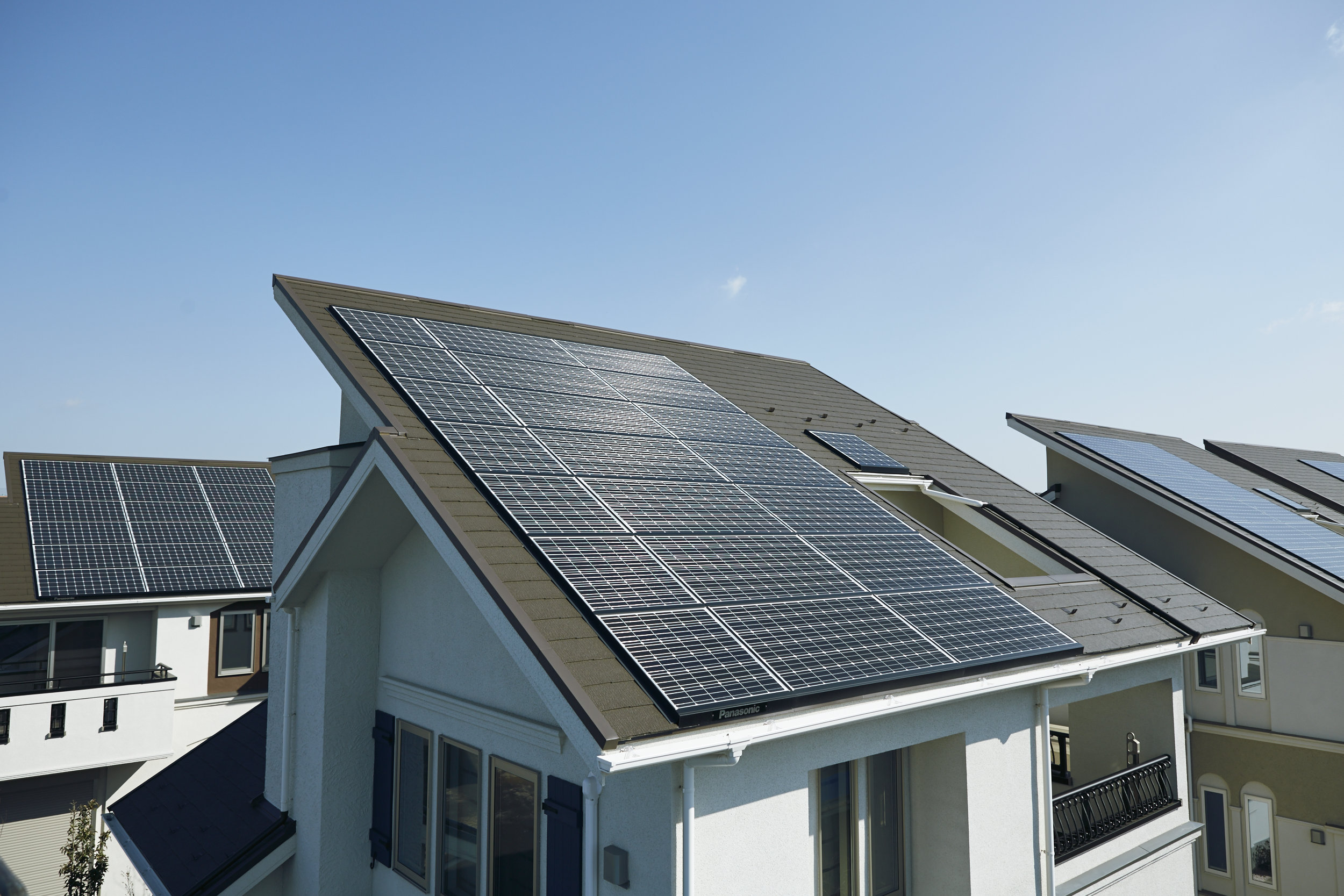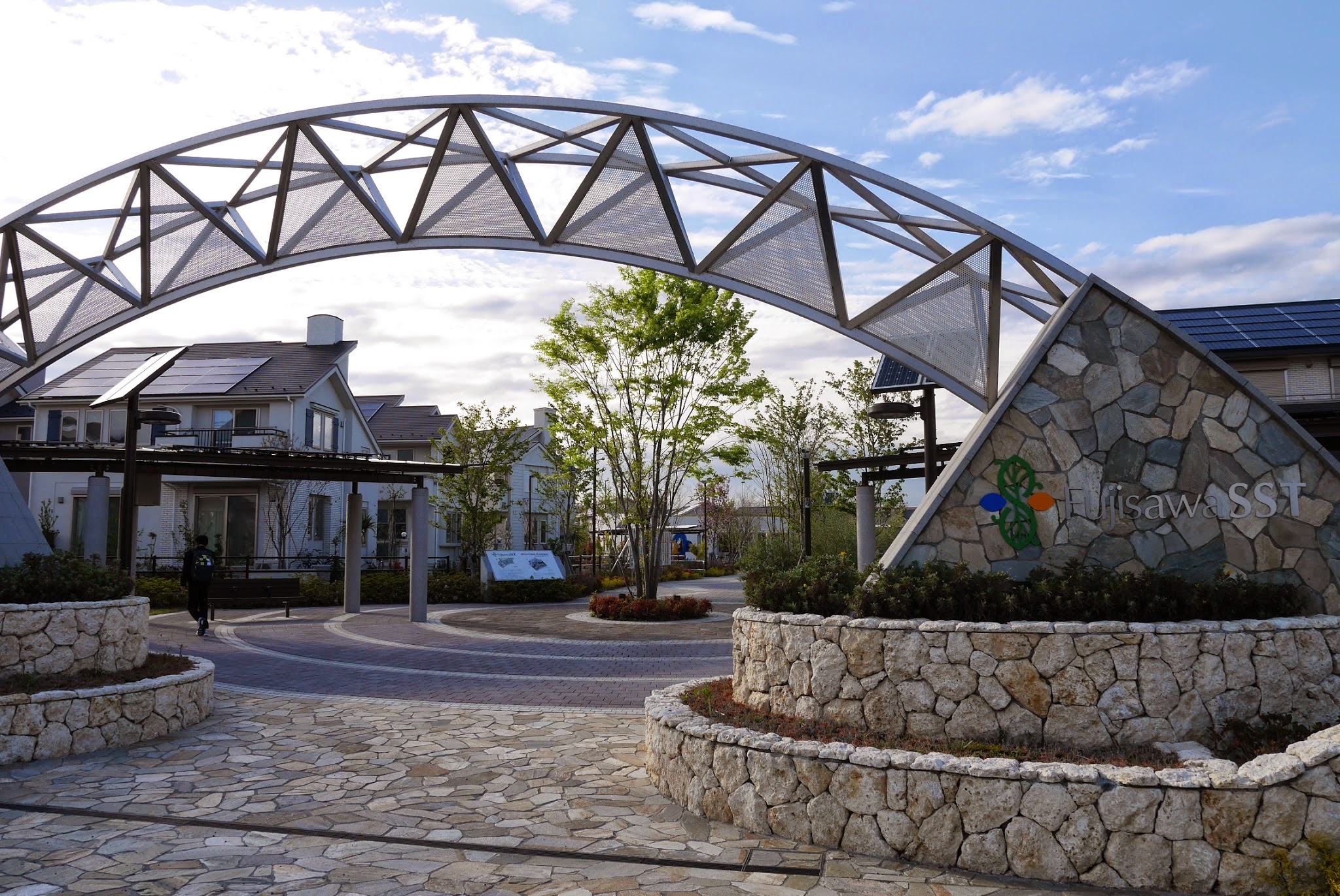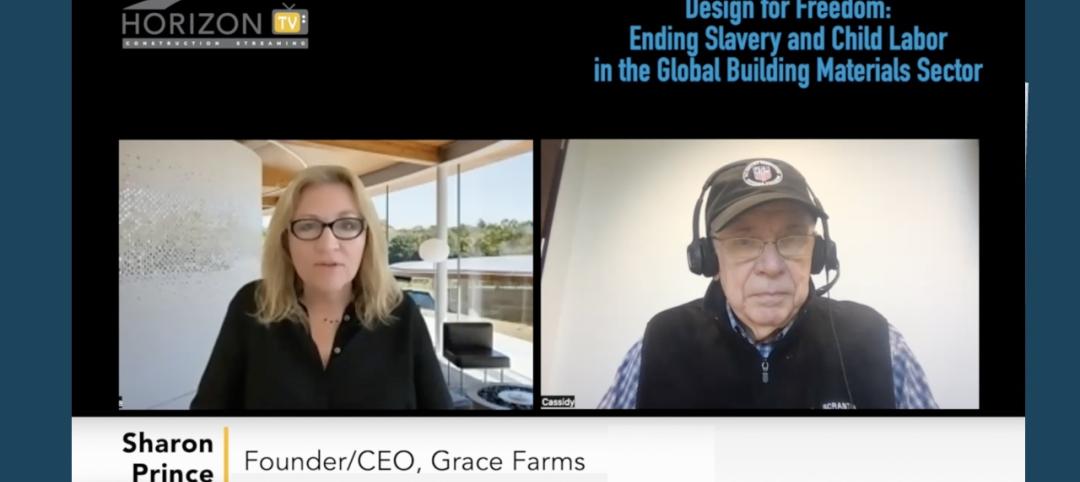Implemented in 2006 and extended in 2008, the solar Investment Tax Credit (ITC) has been invaluable when it comes to propelling solar projects forward. In fact, according to the SEIA, since the ITC went into effect it has helped solar installations in the U.S. grow by more than 1,600 percent – a compound annual growth rate of 76 percent.
Why? The ITC provides a 30 percent tax credit for both residential and commercial solar systems and assists with tax equity-based funding – a huge bonus for the solar community who often can’t fully utilize their tax benefits. For project developers, the ITC has brought both stability and flexibility.
Where the ITC is headed
With the ITC set to drop to 10 percent at the start of 2017, growth in the solar industry is expected to decrease significantly, leading organizations to worry what they will do when left with less subsidy support.
With the step down of the ITC looming on December 31, 2016, component prices, EPC models, development strategies, etc. are shifting as building design and construction professionals rush to get projects built.
 Solar abounds in the forward-facing Fujisawa
Solar abounds in the forward-facing Fujisawa
Market adapting to meet demand
With a hot deadline fast approaching, there’s no time for inefficiency. The solar community is beginning to adopt new financing models that help streamline the process so that solar can be implemented smoothly and remain the cost-effective solution that lower panel prices and the rise of Power Purchase Agreements have allowed it to become. In addition, financing innovations and green bonds have emerged, playing a key role in the industry today. With Panasonic’s streamlined solutions that integrate everything, from financing to long-term operations and maintenance, barriers are overcome and solar power is put into place, right in the nick of time.
The light at the end of the tunnel
Despite ITC concerns, the industry is pushing forward with new, innovative ideas. Smart cities that provide communities with everything they need to be sustainable are on the rise. In Japan, Panasonic has created the Fujisawa Sustainable Smart Town, where we offer our unique solutions from an Eco & Smart perspective by providing eight smart services – energy, security, mobility, healthcare, and community. With this concept, local residents can live a clean, sustainability-centered lifestyle.
Smart energy storage systems are also on the rise, making up roughly two percent of U.S. generation capacity – a number that is expected to grow. As more and more companies begin the large-scale introduction of renewable energy to their facilities and the grid, smart energy storage systems are becoming crucial. Why? They act as a stabilizer for intermittent renewable assets, serve as a backup power source in the event of a power outage, and help customers save money by avoiding premium pricing during peak demand.
With an eye on the horizon, we’re moving toward a future full of solar opportunity.
To learn more about Panasonic Eco Solutions, please visit us.panasonic.com/solarsolutions.
Related Stories
75 Top Building Products | Apr 22, 2024
Enter today! BD+C's 75 Top Building Products for 2024
BD+C editors are now accepting submissions for the annual 75 Top Building Products awards. The winners will be featured in the November/December 2024 issue of Building Design+Construction.
Roofing | Jan 8, 2024
Researchers devise adaptive roof tile concept that adjusts to ambient temperatures
Scientists at the University of California Santa Barbara published a paper that proposes adaptive roof tile technology that can adjust to ambient temperatures. Using a wax motor, tiles could switch from a heating or cooling state enabling savings on heating and cooling costs.
75 Top Building Products | Dec 13, 2023
75 top building products for 2023
From a bladeless rooftop wind energy system, to a troffer light fixture with built-in continuous visible light disinfection, innovation is plentiful in Building Design+Construction's annual 75 Top Products report.
Codes | Mar 2, 2023
Biden Administration’s proposed building materials rules increase domestic requirements
The Biden Administration’s proposal on building materials rules used on federal construction and federally funded state and local buildings would significantly boost the made-in-America mandate. In the past, products could qualify as domestically made if at least 55% of the value of their components were from the U.S.
Sustainability | Feb 8, 2023
A wind energy system—without the blades—can be placed on commercial building rooftops
Aeromine Technologies’ bladeless system captures and amplifies a building’s airflow like airfoils on a race car.
75 Top Building Products | Nov 30, 2022
75 top building products for 2022
Each year, the Building Design+Construction editorial team evaluates the vast universe of new and updated products, materials, and systems for the U.S. building design and construction market. The best-of-the-best products make up our annual 75 Top Products report.
K-12 Schools | Nov 30, 2022
School districts are prioritizing federal funds for air filtration, HVAC upgrades
U.S. school districts are widely planning to use funds from last year’s American Rescue Plan (ARP) to upgrade or improve air filtration and heating/cooling systems, according to a report from the Center for Green Schools at the U.S. Green Building Council. The report, “School Facilities Funding in the Pandemic,” says air filtration and HVAC upgrades are the top facility improvement choice for the 5,004 school districts included in the analysis.
Building Materials | Nov 2, 2022
Design for Freedom: Ending slavery and child labor in the global building materials sector
Sharon Prince, Founder and CEO of Grace Farms and Design for Freedom, discusses DFF's report on slavery and enforced child labor in building products and materials.
Building Materials | Aug 3, 2022
Shawmut CEO Les Hiscoe on coping with a shaky supply chain in construction
BD+C's John Caulfield interviews Les Hiscoe, CEO of Shawmut Design and Construction, about how his firm keeps projects on schedule and budget in the face of shortages, delays, and price volatility.
Building Materials | Jun 20, 2022
Early-stage procurement: The next evolution of the construction supply chain
Austin Commercial’s Jason Earnhardt explains why supply chain issues for the construction industry are not going to go away and how developers and owners can get ahead of project roadblocks.

















